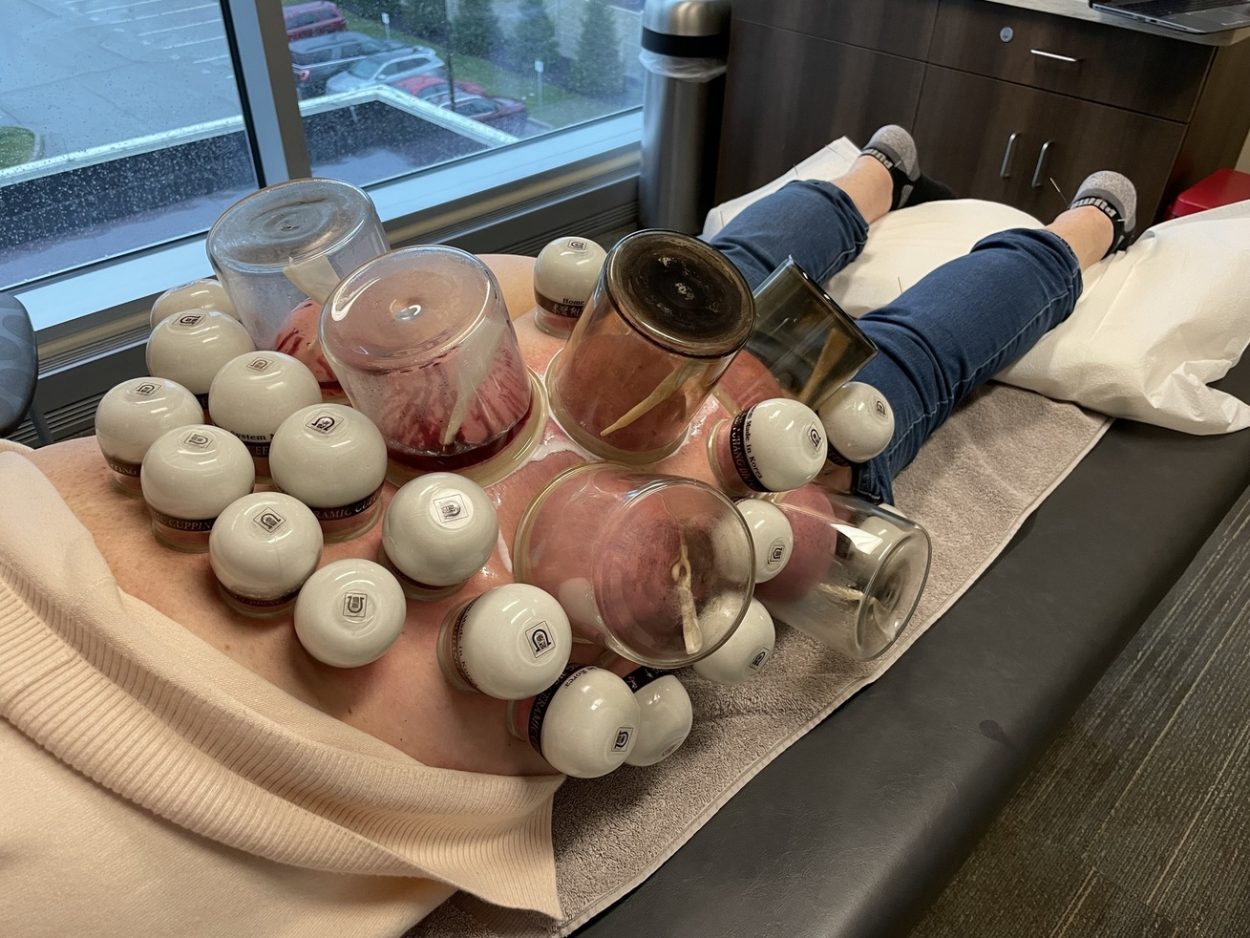Treatment for Lower Back Pain

Overview and Pathophysiology The lifetime prevalence of low back pain is reportedly as high as 84% and is the most common reason adults in the United States use complementary and alternative medicine. Acute LBP is defined as pain in the lumbosacral region, which has been present for less than 6 weeks. The condition is considered […]
Treatment for Headaches

Overview and Pathophysiology 90% of all headaches are either migraine headaches, tension-type headaches, or a mixture of the two. The remaining 10% consists of disorders of tissues of the head and neck, sinuses, TMJs, dental structures, and soft tissues of trauma and post-trauma. Primary tumor, infection, and metastatic cancers constitute a small fraction of possible […]
Treatment for Bell’s Palsy

Overview and Pathophysiology Bell’s palsy is also called idiopathic peripheral facial paralysis and affects the facial nerve (CN VII), which provides parasympathetic innervation to the submandibular salivary glands, sublingual salivary glands, and lacrimal glands, controls the muscles of facial expression, and conveys taste sensations from the anterior two-thirds of the tongue via sensory fibers. The […]
Treatment for Ankle Sprains and Tears

Overview and Pathoanatomical Features The most common mechanisms of injury for a lateral ankle sprain is forefoot adduction and hindfoot inversion, and tibial external rotation with the ankle in plantar flexion. Anterior talofibular ligament has been found to be the weakest and the most commonly injured ligament, followed by calcaneofibular ligament and posterior talofibular ligament. […]
Treatment for Neck Pain

Overview and Pathophysiology 30-50% of people in the U.S. experience neck pain at any given year. Most neck pain is the result of cervical para-spinal muscle spasm. Identifying the exact anatomical source is often difficult. Traumatic neck pain is most commonly associated with hyperextension syndrome (whiplash) which leads to as many as 40% of chronic […]